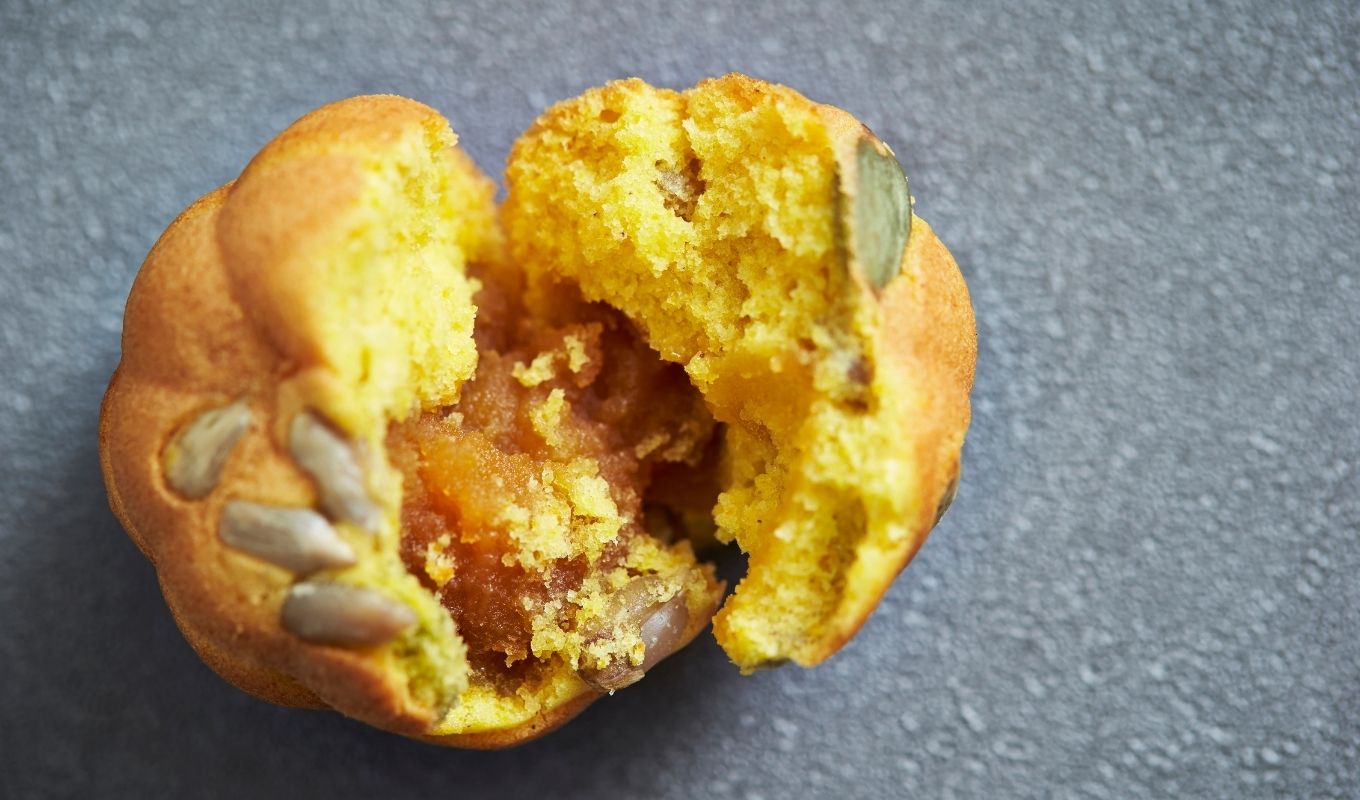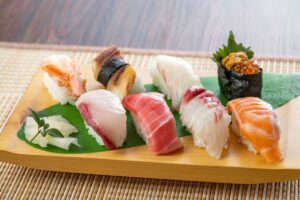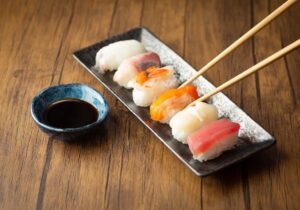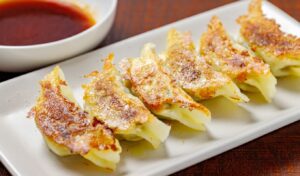It’s a hearty lunch, it’s a snack, it’s a dessert… And there’s a seemingly endless assortment of flavors from which to choose! These flour, rice powder, and buckwheat dough buns come with a variety of fillings and are boiled and kneaded together, often sporting a Hershey’s Kiss-shaped dollop at the top.
Frequently called the “steam bun” in English, manju are usually served piping hot, making them a popular winter treat. Although large, they’re easy to hold in one hand and are a preferred lunch item for people on the go. Available at konbini (convenience stores), street vendors, and bakeries, manju are fairly inexpensive treats!
History
Like many aspects of Japanese culture, manju has its roots in China. A kind of mochi (cake made of glutinous rice paste), the Chinese mantou made its way to Japan in the 14th century. Renamed “Nara-manju” by the natives, this rice cake with filling evolved into its own unique Japanese take on the dish, which is traditionally shaped and made a bit differently from the Chinese mantou of today.
Varieties
How can a single food be both a meal and a dessert? The filling makes all the difference!
Hearty meal manju fillings include:
|
|
Dessert and snack manju have as many fillings as a confectioner can think up, but the most popular include:
|
|
The staple manju filling is anko (“red bean paste”). Anko may also be mixed with other fillings to give it a richer flavor. Some manju buns are colored and/or flavored to accentuate the taste of the filling. For example, kare man features curry-flavored buns and choko man has cocoa baked right into the dough!
Moon Viewing
Manju frequently makes an appearance during the Tsukimi festival that takes place the night of the first full moon of autumn each year. Originally intended to celebrate the bounty of the fall harvest, the Tsukimi festival is celebrated by farmer and non-farmer alike in Japan by quietly sitting outdoors alone or with friends and gazing upon the beauty of the full moon. As they admire the moon, people drink sake and eat small, rounded foods that remind them of the moon, particularly tsukimi dango (rice dumplings) and tsukimi manju, anko-filled manju colored yellow to remind the celebrants of the moon!



